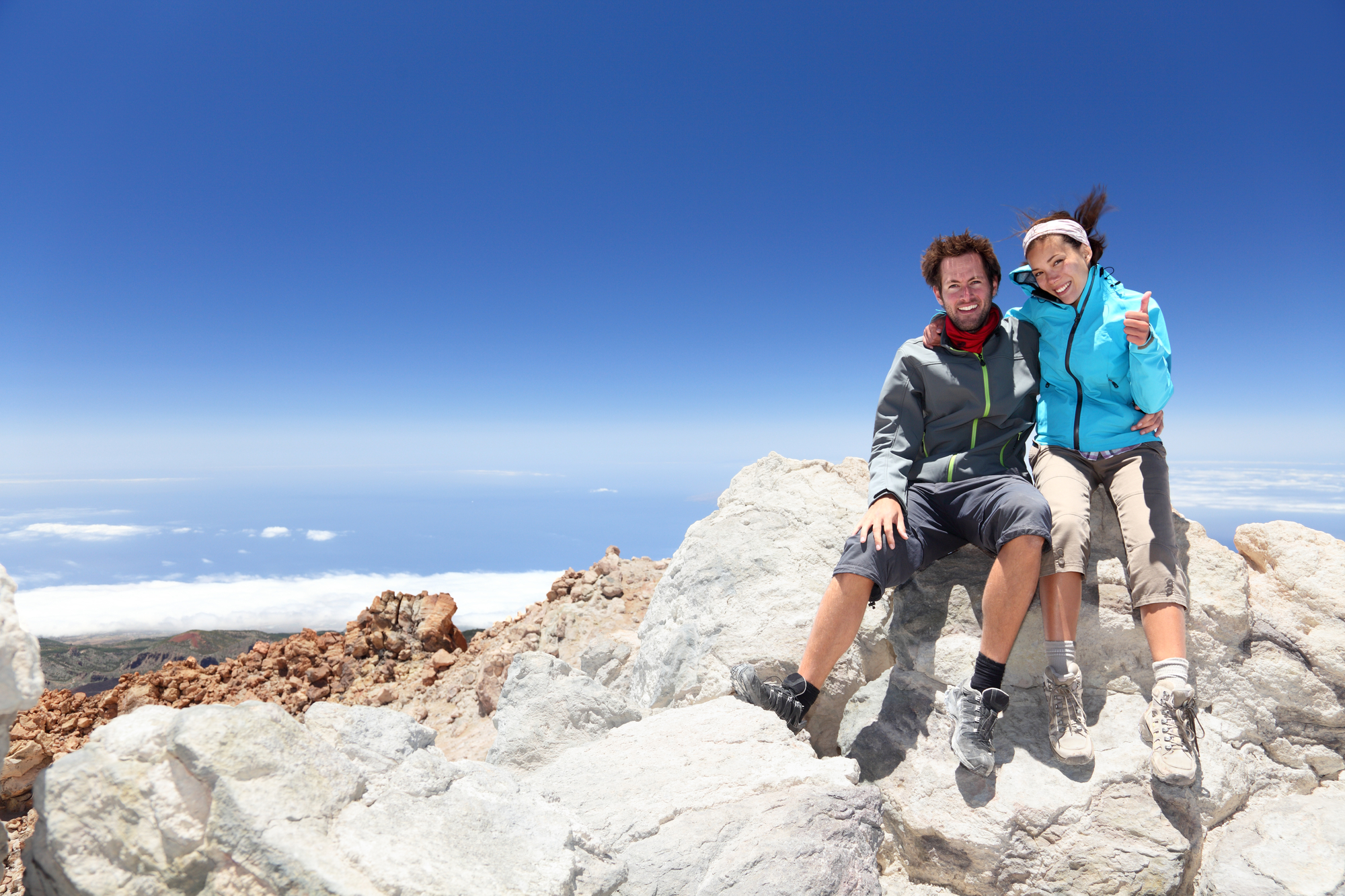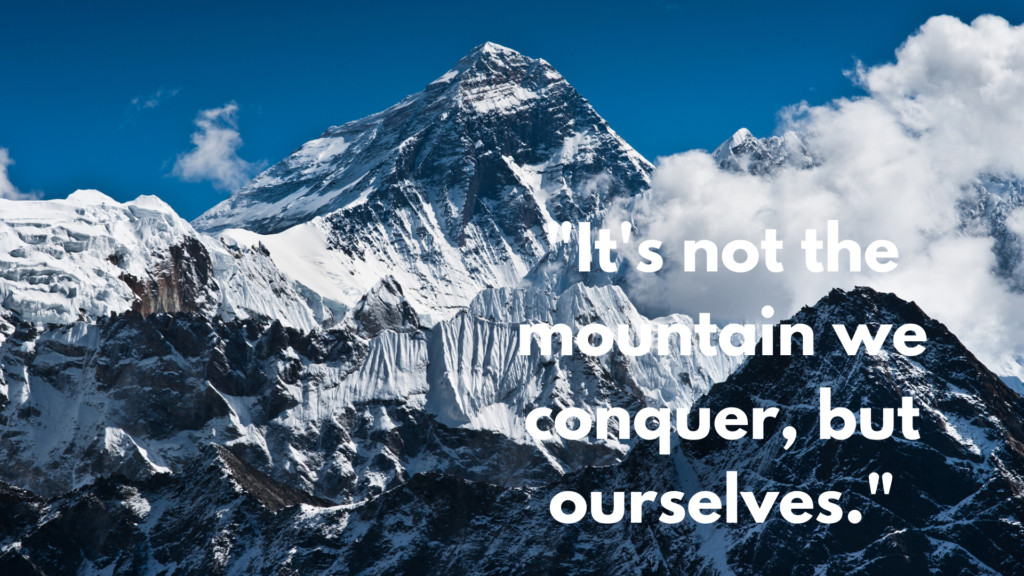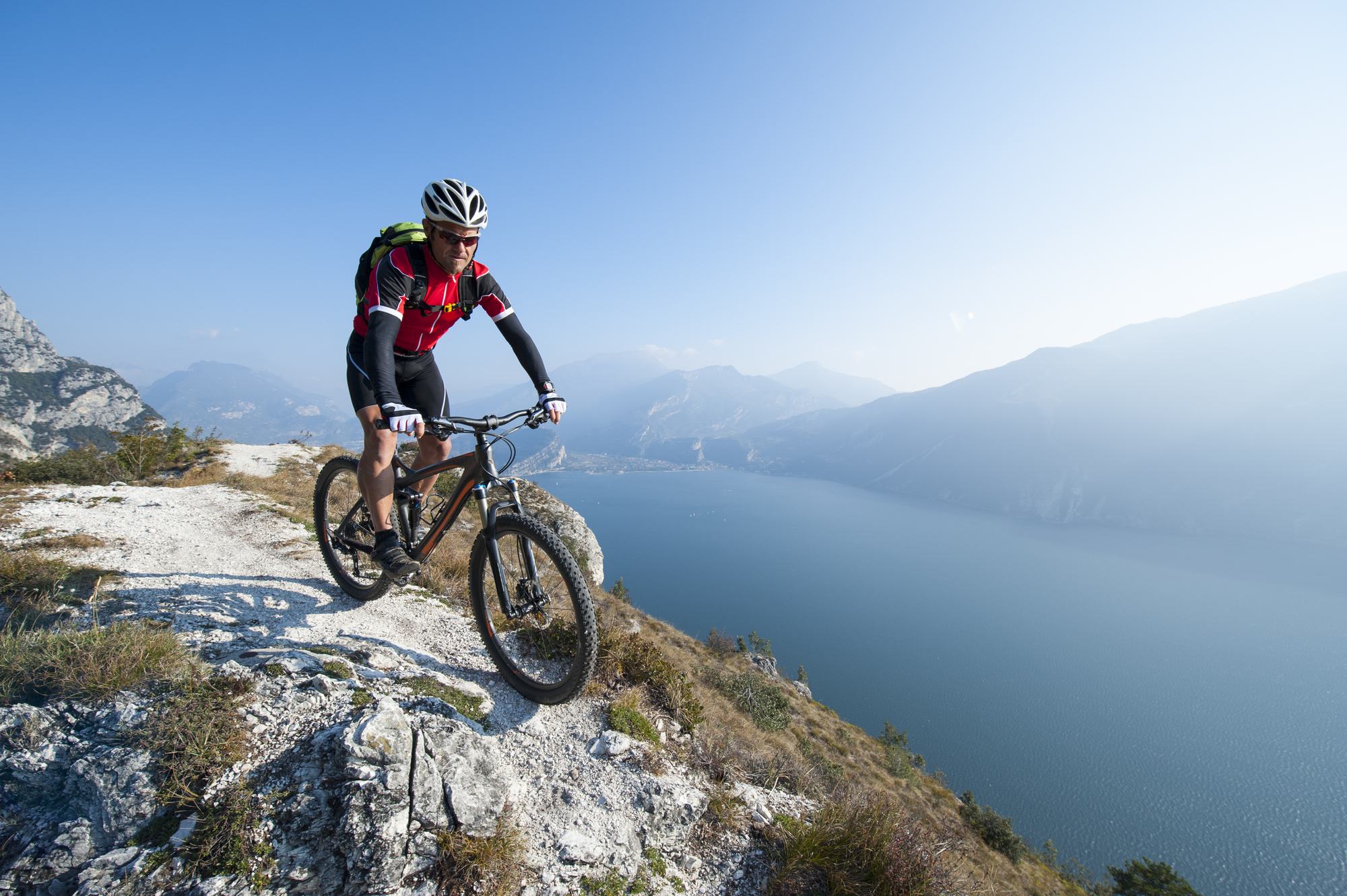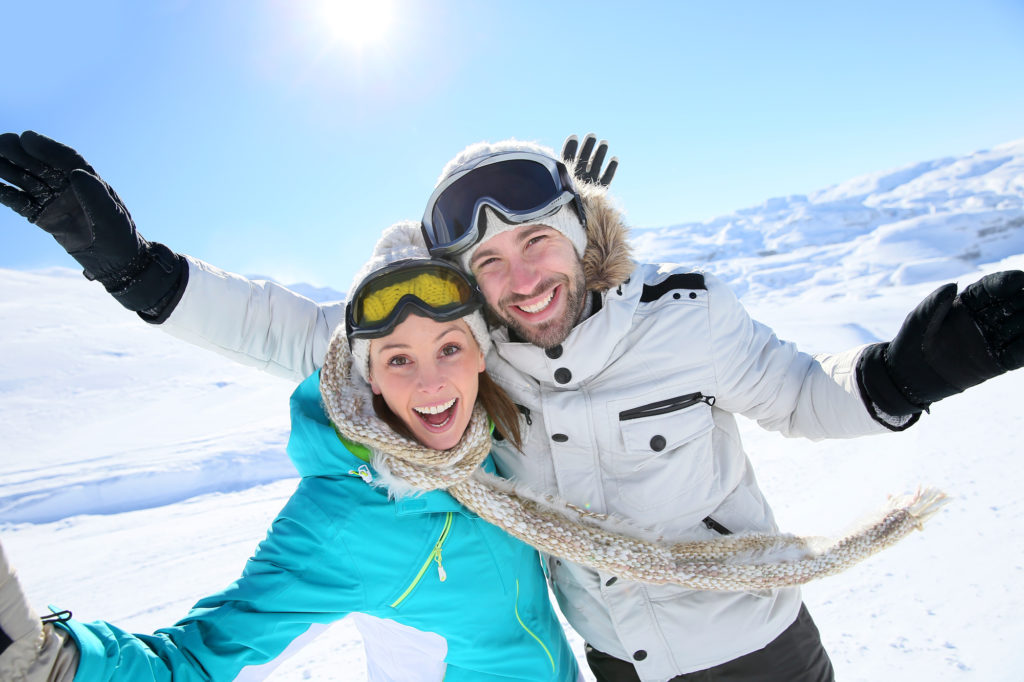
Why is it important to train for Adventure Travel?
The simple answer….so you will have an amazing experience!
I’m guessing, based on the fact that you are on a blog about Adventure Travel, reading a post about training for Adventure Travel, that you are like me. You love to be active.
Sitting on a white sandy beach, sipping a fruity drink with a miniature umbrella in it, for more than a day, is probably not your ideal vacation.
You like to be in the water, not just lying on the beach. You want to be climbing mountains, biking down mountains or skiing mountains, not just looking at mountains. It’s experiences that you crave.
Active experiences are what excite you.
Am I right?
Awesome. We are on the same page.
If you have chosen your Adventure, it’s time to think about training. You’ll want to be in shape physically to have an amazing experience.
With enough time, effort and the right attitude, you can be prepared for any active event.
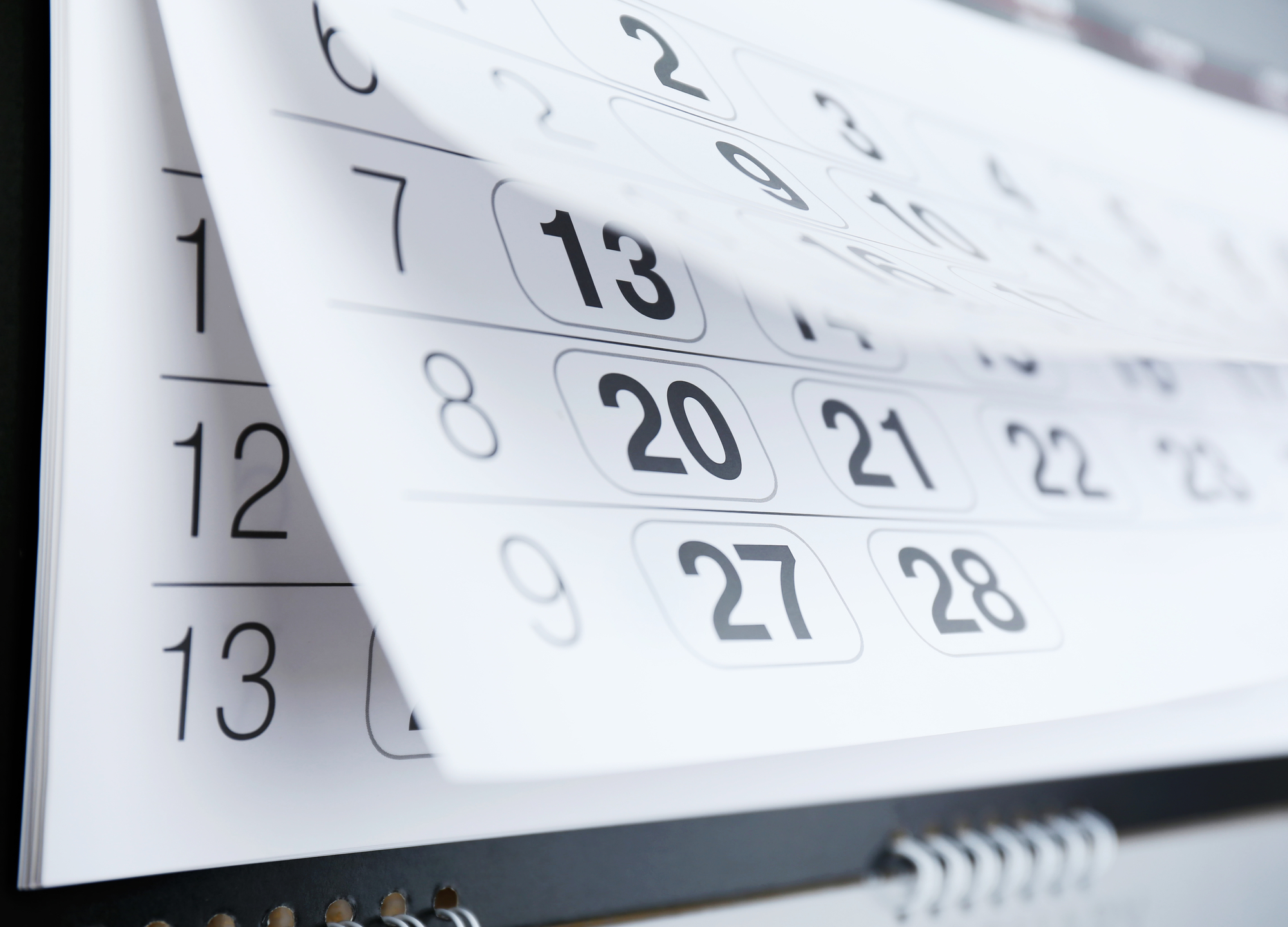
Here are 7 important reasons why you should train for Adventure Travel.
-
-
- Train to build the confidence to know you will finish.
- Train to enjoy your journey.
- Train to finish injury free.
- Train to have more fun.
- Train to be less stressed.
- Train so you can enjoy meeting some great people.
- Train so you can appreciate the scenery.
-
1. Train to build the confidence to know you will finish.
Think about it…
35% of people who attempt to hike to Mt. Everest base camp have to turn around.
34% of people who attempt to climb Kilimanjaro don’t make it to the top.
38% of people who climb Machu Picchu stop before they reach the ancient city.
I bet when these people were planning their dream journey, when they sat down to do the research, paid for the airfare and booked their trip, they always saw themselves finishing.
They may have truly believed that they were physically fit to be able to complete their Adventure Vacation. After all, they exercise on a regular basis, do some cardio and are in generally good shape.
But as many tour operators will tell you, a lot of adventure travelers underestimate the difficulty of their trip and overestimate their ability to complete it.
I will tell you as an athlete and personal trainer, if you pick an Adventure Travel experience, you have to prepare for it.
Skipping the training puts you at risk of becoming a statistic.
Trust me, you don’t want to be in the 35% that doesn’t make it.
Put in the work beforehand to train for Adventure Travel, and you will know deep in your heart that you are going to finish.
And if sometime during your trip you feel like quitting, you will draw upon your previous workouts to keep going.
Are you wondering how this works?
In my experience, as a swimmer in high school and college, every year there was always that one workout that stuck out in my mind as the most miserable workout of the year.
It may have been the set of 120 100’s (a workout that takes nearly 4 hours). One year it was a 1600-meter IM (that includes a 400 meter butterfly… nonstop). In college it was the day that our coach combined two practices into one. We swam a total of 12,000 meters (just under 8 miles).
Yes, at the time those workouts were hellish. They seemed completely ridiculous. I know I was cursing my coaches in my head the entire time.
But, at the end of the year, I stood on the block next to my competitors and thought back to those workouts. I knew to my core that I had done all I could to be in the best position possible to compete.
I’m sure you’ve worked hard for something…athletically, in school, in your career or in life. As difficult as something seems at the moment, you reap the benefits after all the hard work. And your confidence soars.

So why is confidence so important?
When you are in the midst of your adventure and you are wondering if you can complete the hike to the summit, or cycle to the top of that hill, or battle the rapids, you will look back at your training.
You’ll know that you have put in the work. You have done what you need to do. You will be confident in your ability to finish.
And with that confidence you will make it to the summit. You will make it to the top of that hill. You will defeat those waves.
2. Train to enjoy your journey
I tell all my trainees that there are two ways you can train for an event, whether it’s a marathon, a hike to the base camp of Mt Everest, or a cycling trip through wine country in France.
-
-
- You can train to finish your journey.
-
-
-
- You can train to enjoy your journey.
-
I encourage all of my trainees to train to enjoy the journey.
Are you wondering “What’s the difference?”
Training to enjoy your journey is so much more than just finishing. It’s getting the most out of Adventure Travel.
For you, that may mean being energized, not exhausted, after a day’s cycling. Ready to experience the culture of a new place. Excited to engage the local people in a pub or café instead of soothing your aching muscles in a warm hotel tub.
If you love photography, it’s spending time on your journey taking pictures instead of struggling to catch up to the others on your tour or trying hard to make the next mile of your hike.
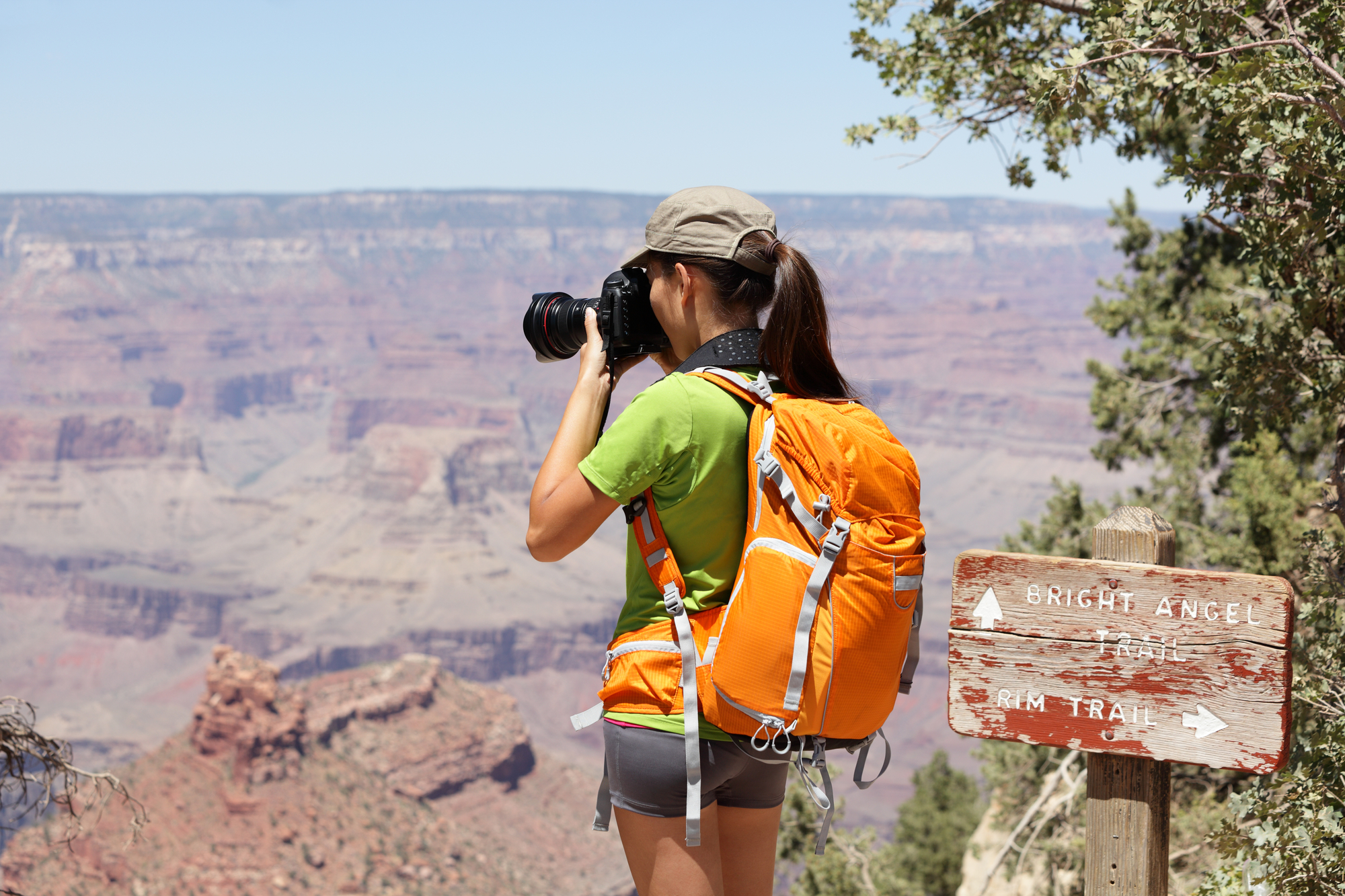
Whatever you picture for yourself on your dream vacation, don’t let being unprepared stop you from fully enjoying your time.
Train hard beforehand and ENJOY every moment and the experience that will come your way.
3. Train to finish injury free.
According to the Backpacker magazine article, “The 10 Most Dangerous Hikes in America”, every year there are more than 200 medical evacuations from the Grand Canyon. Half Dome in Yellowstone National Park has 250 medical evacuations each year. 294 people have died trying to summit Mt Rainier.
Nobody wants to be one of these statistics.
Training before an event will help you stay injury free.
Following a good training plan will not only increase your strength and cardio endurance it will:
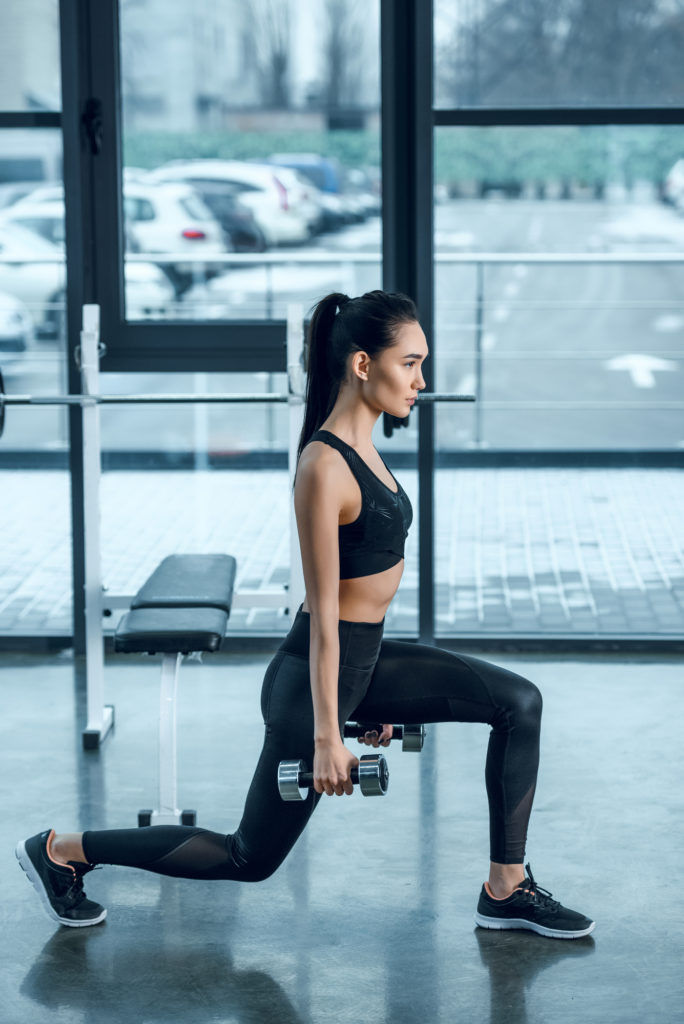
-
Improve your balance.
By incorporating strength training, usually in the form of weight lifting into your workout routine, you are not just exercising the major muscle groups, you are also exercising muscles that help with stabilization and balance.
Think about the squat for a second. When you squat, you are working your quads, hamstrings, and glutes. You will also be using your abdominal muscles, lower back muscles, the muscles around the ankle, and your inner thighs which all assist in stabilization.
-
Increase your stamina.
In a lot of sports, it’s often when you get tired that you get injured.That’s when you get sloppy. You don’t pick your feet up hiking and catch a toe. You catch an edge skiing and go down. Or you fall cycling because you are dehydrated or overheated.
But with training, you can go longer and longer distances at higher speeds. So the days that would knock you out before you train become routine after. You almost never get to the point of being overly tired.
You will be ready for it mentally if tiredness does happen. There will be days in training when you start to feel miserable. You will want to do anything to stop, but you power through. So when that happens on the trip, you will be able to keep going. Having done it before makes all the difference.
-
Be blister-free
Believe it or not, one of the reasons people can’t continue on a journey is because of the severity of blisters on their feet.
Can you imagine having to quit your Adventure because of blisters?!
Training for your event helps. How?
You’ll break in your boots and get your feet used to them.
When you train for a hike, you will be training using the equipment that you plan to use on your journey. That means that you will be wearing the same shoes or boots that you plan to use on your trip. This helps mold the boots to your feet. It also helps your feet toughen up as they get used to the new boots.
The more you hike in your new boots, the less they will hurt on the trip.
4. Train to have more fun.

If you are reading a blog post like this, I am assuming that you lead a somewhat active lifestyle. You probably enjoy exercising. You might even be an athlete or an ex-athlete. You are probably okay with some physical discomfort. And being physically active is really a high for you.
Are you like me? I love to exercise and to be outside. As an athlete, I don’t mind being tired and a bit sore. I mean, is there anything better than sitting in a hot tub after 8 hours of skiing?
But, there is a huge difference between being sore and being miserable.
I am talking about the type of sore where your thighs hurt so much you worry about getting up off the couch. Like the type of sore where if the TV remote is across the room you might just watch whatever is on.
Hiking the Grand Canyon is a perfect example of what can happen. You hike all day to stay one night at Phantom Ranch, a lodge that is at the bottom of the Canyon. You think that because you are hiking downhill, it will be no big deal.
But, for a lot of people hiking downhill is a lot harder on their muscles than walking uphill . After getting to the bottom if you haven’t trained for this type of hike, you are a mess. You can hardly move. And then you have to get up the next morning, still sore, and hike back out. 4500 vertical feet in 7 miles. Talk about miserable.
Train for your event and that hike or bike ride or climb or kayak adventure will be far more fun. Trust me. You’ll free yourself to be able to enjoy every moment.
5. Train to be less stressed.
I think everyone is different when they’re on vacation. They’re looser, more relaxed, and more themselves. Is this true for you? I know it is for me.
Every year I try to take one long trip. And by long, I mean a week. Often skiing.
I find that it usually takes a day or two to get out of my usual busy, stressed mode into “vacation mode” . That’s when I stop thinking about business. Stop worrying about answering e-mails or texts. I stop watching the news and get off social media.
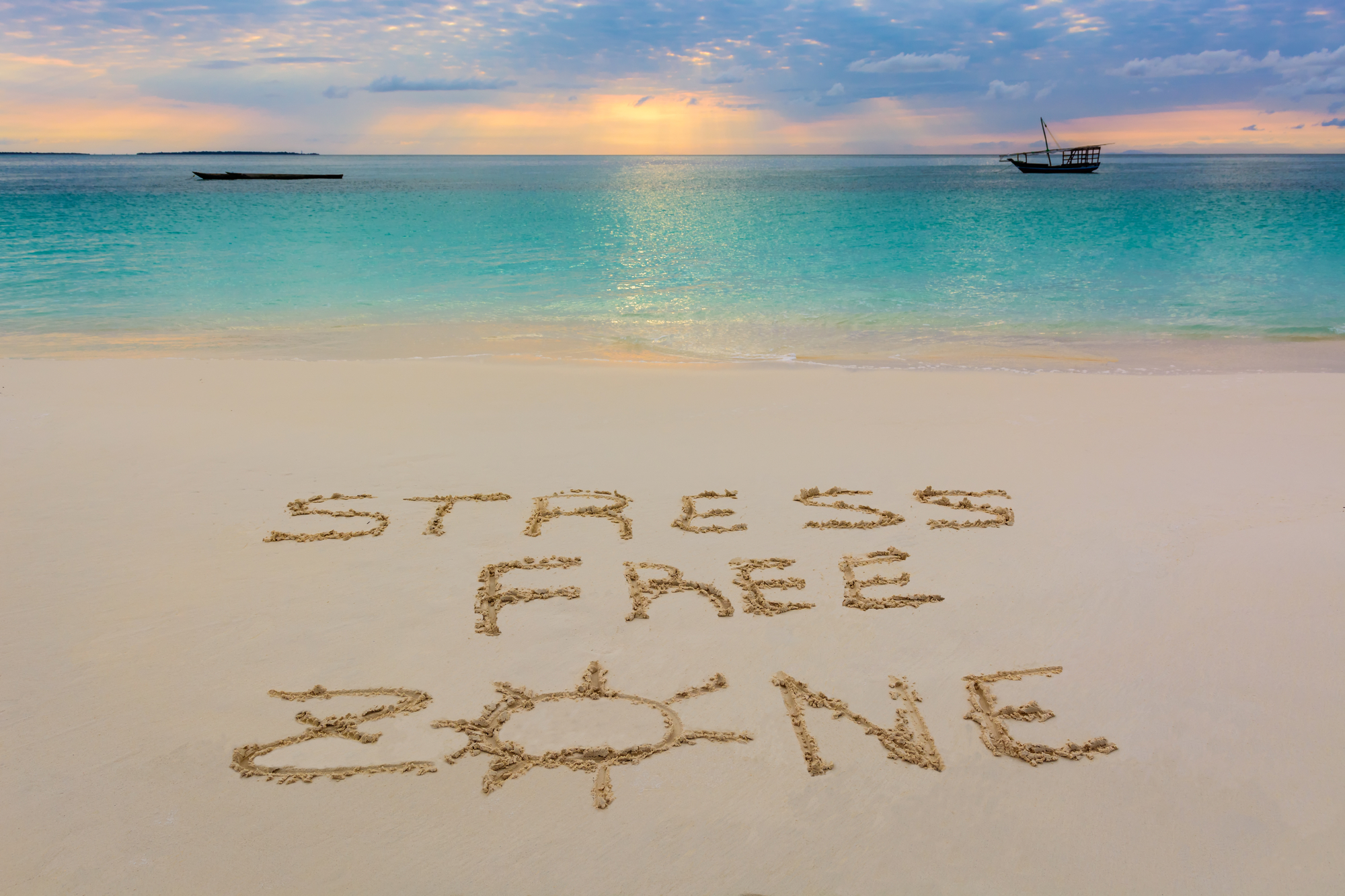
Have you noticed when you’re in vacation mode, little things don’t annoy you anymore? I don’t care how long the wait staff takes to bring my food. I drive more leisurely, go to sleep and wake up whenever I want. Everything feels a little bit calmer.
When you are truly physically prepared for your journey, you can stay in vacation mode the entire time you are gone.
You won’t have pain in your knee to worry about. Or blisters on your feet. Or a sore back, neck or shoulder. And, you won’t have to worry about not finishing or slowing down the others in your party.
You can just enjoy your time away stress free.
6. Train so you can enjoy meeting some great people.
When you are in shape, completely prepared for your journey, you can focus your energy on more than hiking or biking or whatever the task at hand is.
You are more likely to enjoy the fascinating people around you.
I bet you can remember interesting people you’ve met on vacation. Maybe you’ve even stayed in contact with them. It happens every time I travel. I have met incredible people from all over while hiking or cycling amazing places. Even a possible business partner on a ski lift.
Fascinating people from all over the world hike the Overland Track in Australia or climb Mount Kilimanjaro or ski the Alps.
When you are not worrying about the pain in your legs or struggling to get air, you can enjoy everything around you….people included.
And spending time with the local people, truly experiencing a new culture is lot different when you’re outside of your world of aches and pains and exhaustion.
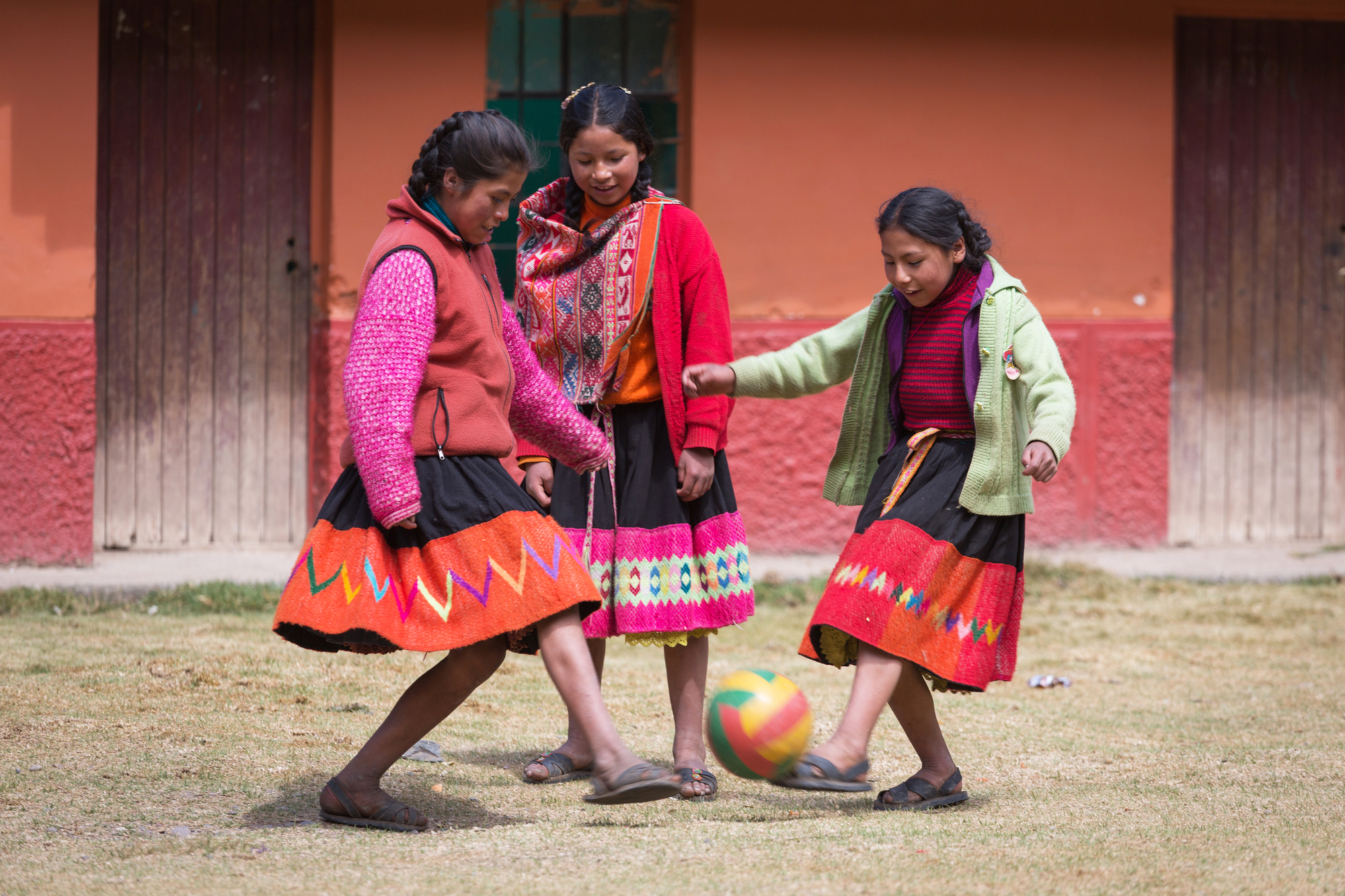
7. Train so you can appreciate the scenery.
I live just outside of Washington DC in a high-rise condo building. I’m two blocks from a fire station, two blocks from a police station, and directly across the street from a major construction site. Which is all to say that it is noisy.
All hours of day and night there is noise. Whether sirens, construction, or people loudly talking, walking home from one of the many bars or restaurants around me, there is constant sound.
But, I know that 20 minutes from me, there is a little slice of heaven (wow! that sounded cheesy).
It’s called the Billy Goat Trail. It’s a hiking trail in the C and O Canal National Historical Park.
It is my getaway from the craziness of DC. I can go out there for a couple hours and I am back in nature.
I find that at the beginning of the hiking season, it takes me right around 2 hours to hike the trail. But as I get in better hiking shape, which means getting used to using hiking muscles again, I cut down my time by at least a half hour.
And I’m able to appreciate the beautiful scene around me.
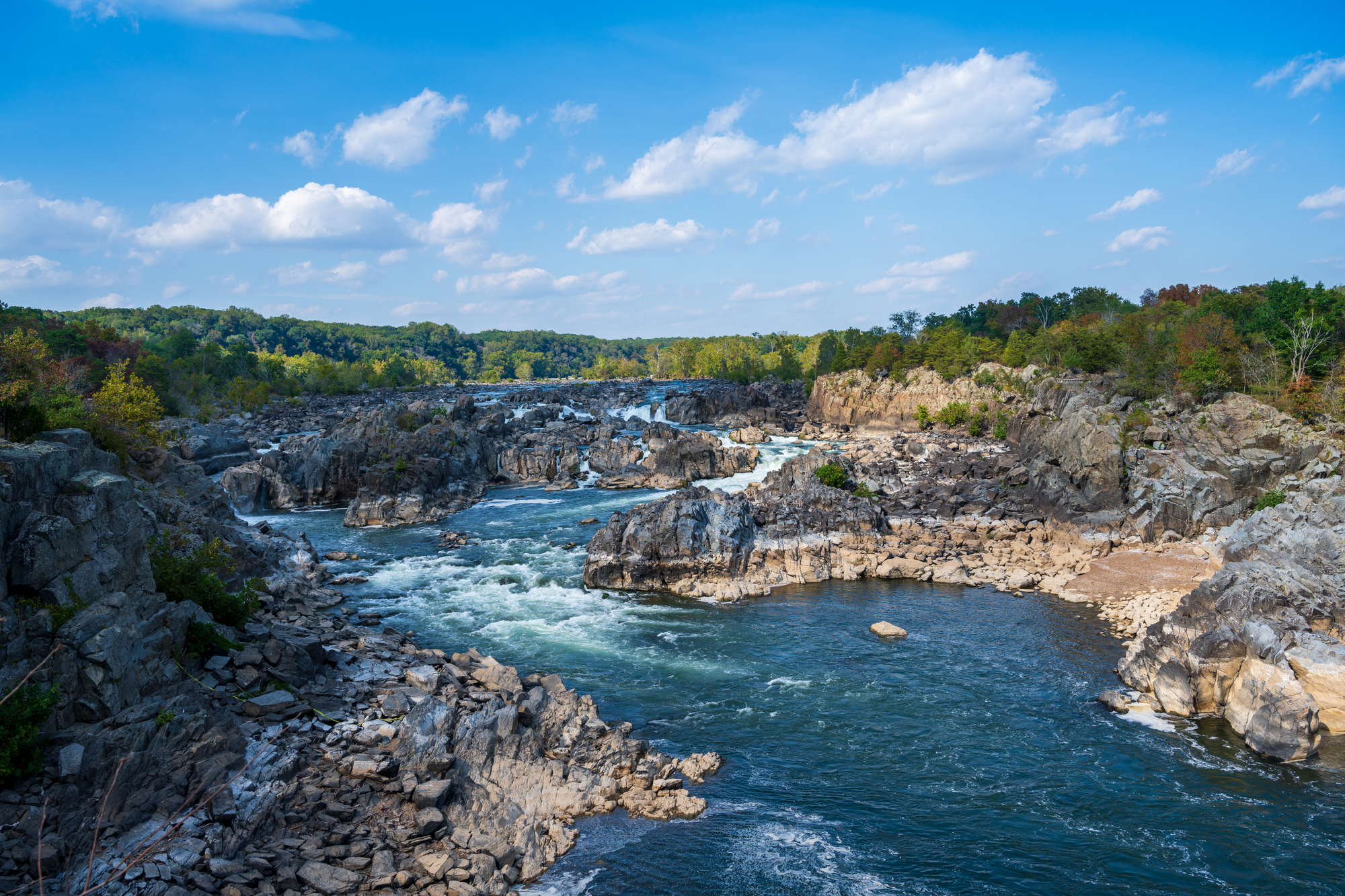
I hear the sound of the Potomac River.
I see the blue herons hanging out looking for fish.
I feel the heat coming off the rocks below me.
I notice deer that are so prevalent in the park.
I watch the occasional snake slither away from me.
When I am tired and struggling early in the season, I am so focused on the hike that I can’t even appreciate my surroundings.
The same will be true for you.
When you are in good shape from training, you will be able to focus on what is around you.
You will notice wildlife and animals. You will see the beauty in the trees, the desert or the mountain you’re climbing. You will smell the fresh air and make the most of the experience.
Conclusion
So, I hope you can see how physically preparing for Adventure Travel is important.
Enjoying a fun, injury and stress free journey where you meet great people and appreciate the beauty of your surroundings can be an amazing, even life-changing event.
If you aren’t sure how to go about training for your event, or want some helpful tips on getting ready, check out my blog post: How to Get in Shape for an Adventure Vacation.
If you would like someone to write a training plan for you, we can help!
Irons Active designs custom 12-week training plans so you will be in shape for the adventure of your dreams. For more information, check out our Training Plans.
